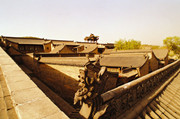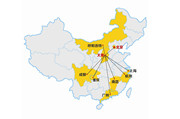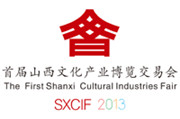Shanxi festival folk customs
( www.chinadaily.com.cn )
Updated: 2012-03-12
Shanxi province was one of the first parts of China to celebrate its traditional festivals with folk customs. The Chinese traditionally followed the lunar calendar, which was originally used in the Xia Dynasty (2070-1600 BC).
The southern part of Shanxi was the cradle of the Xia and, according to historical records, its capital, Anyi, was in southern Shanxi. For a fairly long period of time, northern Shanxi was inhabited by the Han and other ethnic groups, which were influenced by the Han over the centuries. In the process, the various ethnic customs mixed with Han culture to produce local folk customs with distinct features.
Shanxi has a number of famous mountains with Buddhist and Taoist temples, the most renowned of which are Mount Wutai, which is famous for its Buddhist temples, and Mount Hengshan, best known for its Taoist temples. The religious atmosphere and co-mingling of Confucianism, Buddhism and Taoism contributed to the unique folk customs of Shanxi, which is also home to the Hui ethnic group, whose traditional festivals add an exotic splendor to the festivals here.
Household folk customs, seen during the busy farming season, and social customs, during the slack seasons share a common feature of encouraging hard work, praying for a good harvest, and offering sacrifices to the Land God. These activities, and related entertainment, reflect the dreams across the generations, for a happy and prosperous life.




